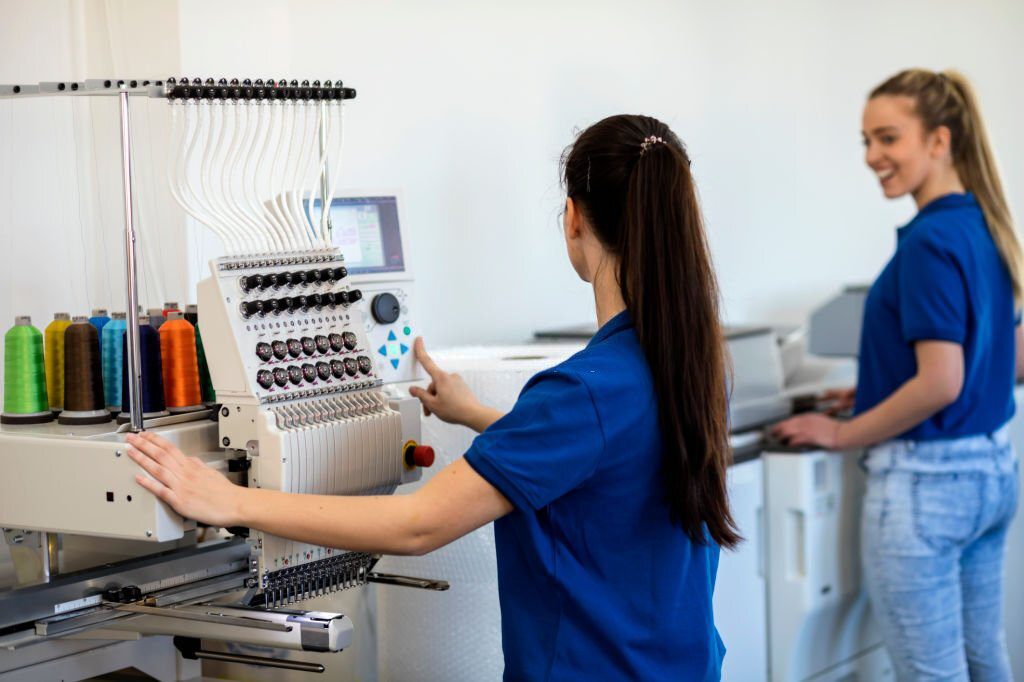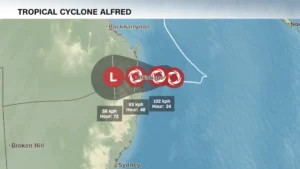Embroidery digitizing has been a thing used in the past and nowadays with modern technology, it is evolving with every passing day. When we talk about digitizing embroidery designs they are not easy to be made as proper machines are a must and the expertise of the digitizer is essential to get the work done on time.
In today’s blog, we are going to talk about the things that play a crucial role in making the designs that you want for embroidery, and companies are contacted to get the embroidery digitizing service. If we simply look into the process, it involves the conversion of artwork into a digital file by using software that will enable the embroidery machine to get a better understanding of the needles’ path. The work is not automated as the process is an art form too and a professional has to play a significant role in getting things done on time.
Now, we will be looking at the important things that you should be aware of when you are about to get digitizing embroidery designs ready for use:
Types of Embroidery File To Know!
.dst is the format that is to be used for Tajima commercial embroidery machines.
.exp is a file that is for Melco commercial embroidery machines.
.jef is perfect for Janome commercial embroidery machines.
.kwk is ideal for Brother commercial embroidery machines.
.dsb is best for Barudan commercial embroidery machines.
.tap is needed for Happy commercial embroidery machines.
Important Steps In Digitizing
Now, we will be looking at the essential steps that you should know about the process when you are about to connect with the company for the custom embroidery digitizing services:
1- You have to upload the logo to the digitizing software.
2- Setting up the size of the embroidery design.
3- Selection of the type of stitch which is needed.
4- Picking up the direction of the stitch.
5- Finalizing the colors for the embroidery thread.
6- Lastly, you have to look at the transfer of the file to your embroidery machine.
Preparation of Artwork for Digitizing Embroidery Designs
Prior preparation is always good to do things in the best way possible. For this, the digitizer is going to analyze the artwork to check if there is a need for editing for the embroidery or not! The end size of the design should be kept in mind and remember that not every logo designed will work well with the embroidery. You have to modify the design or make it simple. In some cases, the name of the design and the small images are in use for the work.
In addition, some of the key elements like outlining might have to be eliminated and small text sizes need to be increased or it might need a rearranging.
Selection of Stitch Types
Now, we will be looking at the different types of stitches that you have to keep in mind for digitizing embroidery designs:
Straight Stitch
It is a foundational stitch that is best for embroidery where the straight lines of the stitches are repeated to make the pattern. You can easily develop thick lines by repairing the straight stitches with repetition. You must know that this type of stitch is not only for straight stitches, you may use them for curved shapes too. Ideally, this type is best for outlining, shading, and for the work that has detailing.
Satin Stitch
Planning to do text embroidery? In that case, you have to use the satin stitch to get the work done. This type of stitch has a long thread length which provides it a shiny look that is perfect for the lettering. The max length of the satin stitches will be 12.1mm. Note that, you widely use it for borders, words, text, and for a shiny look.
Fill Stitch
It is also known as Tatami stitch or you may call it ceding stitch that is used to complete the patterns similar to what the name suggests! This type of stitch uses alternating lines to provide the embroidery with a woven look. The max length for this stitch will be 4mm. Moreover, it is best for developing a textured look, filling up a blank space, and for the big designs.
Push and Pull
When working, another important point to consider is push and pull. A design has to move when doing the embroidery work. It will cause the stitches to shift and the shifting is going to happen due to long stitches, bulky fabrics, tight bobbin thread, and large areas of thread. Note that, a skilled digitizer has to keep the push and pull in consideration.
Hopefully, now you are aware of the things that you have to keep in mind and your knowledge would have been improved regarding the development of digitizing embroidery service. To get it for yourself, you should connect with a competent company for the best services at an affordable price tag.







